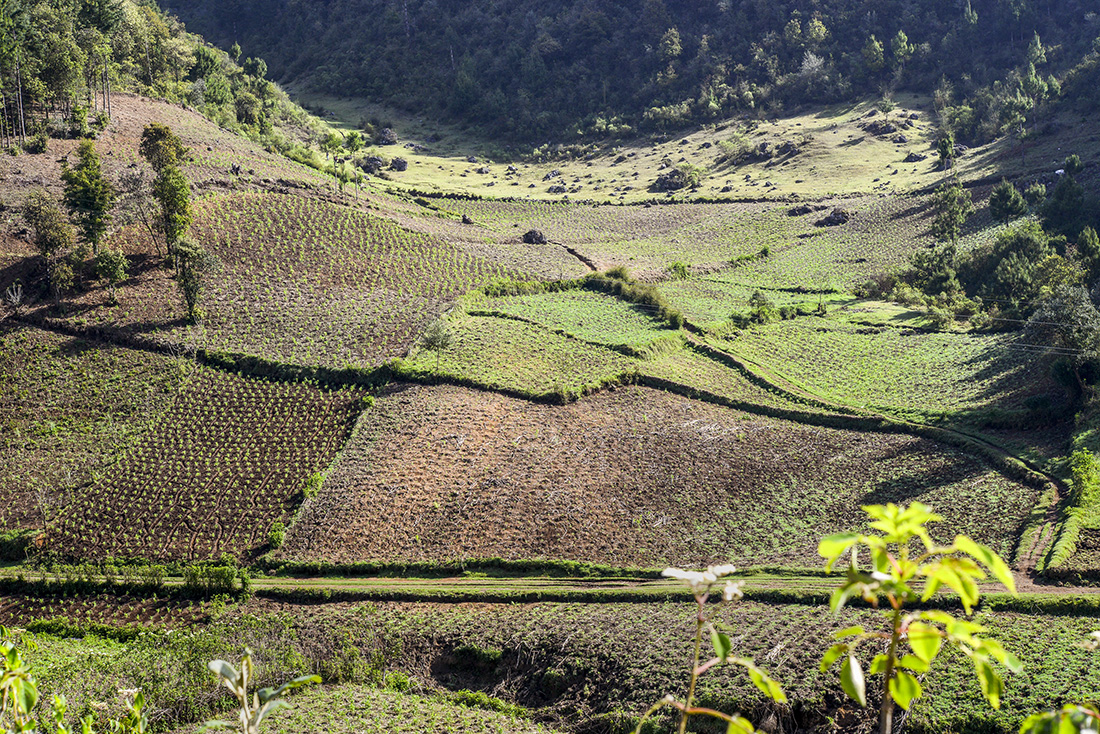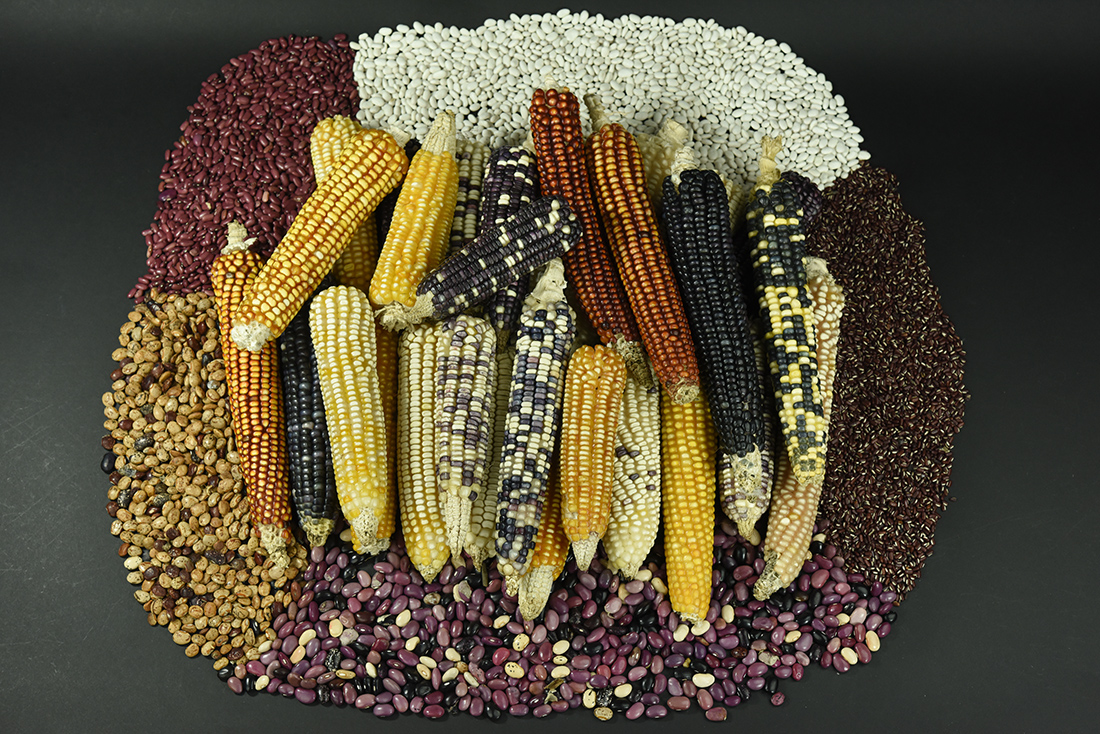It is estimated that, in Mesoamerica, agriculture could have occurred 9,000 or 10,000 years ago, approximately. This area, which covers the southern half of Mexico and part of Central America, has been considered one of the most important centers of plant domestication in the world due to the coexistence of extraordinary plant diversity and a long cultural history (Casas & Caballero, 1995). The most relevant crop within the Mayan culture was and continues to be the maize (You might be interested to read A Place Called Mesoamerica). Its harvest was enough to feed the whole population and also could be cultivated in milpa, the system in which it is combined with other plants such as beans, squash, sweet potatoes, yuca and chili.
During the pre-Hispanic era, its importance in diet was such that it can be one specific factor that provided the transition from nomadic societies of hunter-gatherers to others of sedentary producers; in fact, from corn derived a large part of the economic, social and religious characteristics of the Mesoamerican peoples. Lynn V. Foster and Peter Mathews, in Handbook to Life in the Ancient Maya World, document how corn’s presence dominated the Maya landscape, their diets, and their beliefs, and held “the key to the development of more complex Mesoamerican society” Muller (2011).

The cultivation of corn was a key factor in health and success, as well as in relationships with surrounding tribes (Muller, 2011). The agricultural cycle was related to astronomy with the corn representing the central axis of its worldview. The link between the plant and humans led them to consider themselves as the men of corn, as well pointed out in the Popol Vuh (2015, pp 61)
Then our Makers Tepew and Q’uk’umatz began discussing the creation of our first mother and father. Their flesh was made of white and yellow corn. The arms and legs of the four men were made of corn meal. Then Grandmother Ixmunake ground the white and yellow ears of corn to make enough gruel to fill nine gourds to provide strength, muscle and power to the four new men.
Corn is present in religious ways, for offerings where they burn it with copal or copal pom, flowers, tobacco, alcohol, etc. In some ceremonies women drank Saka, which means corn mass and is a non-acoholic berverage made of cooked corn (mixtamal) (Gabriel, 2003). They offered Saka to their god Chaack before planting corn to protect it from wind, plagues and herbs, also asked for the rein to come for the growth of their crops (Márquez, 2006). Its importance is represented in the Mayan art too, like in the Cacaxtla mural in Tlaxcala, Mexico, where corn has human features such as eyes and a mouth (Muller, 2011).; in many archeological artifacts images of maize appears and in the Guatemalan textiles and costume. Maize, was also used for medical purposes, providing remedies against hepatitis, hypertension, diabetes, kidney problems, tumors, rheumatism, and other diseases (Álvaro, 2019)

Nowadays, corn is the most consumed basic grain for the Mayan people that plays an important role in the economy and the culture. In addition, corn is one of the plants with the highest plasticity to be cultivated in very diverse varieties of soils, heights above sea level and climates. In Guatemala, as well as in the Mesoamerican region, cultivation represents a long tradition of consumption, such as the home-made tortilla produced from the whole grain, that is the basis of food in most households, and other dishes like pozole, soaps and atoles. Torres (2008) describes that just in Mexico, have been identified at least 600 ways of preparing corn for food. ¿How many have you tried?
The plant is also used integrally for various purposes, some examples are: the use of the sweet sap of the stem as a substrate to make alcoholic beverages, the use of the modified leaves that cover the cob to wrap the tamales, and as raw material for the manufacture of handicrafts or fodder.
In fact, corn was an essential part of life in Mayan culture many years ago, and still is important in our traditions and its uses have been transformed and traveled the entire world.
For more information, visit our websites:
www.maya-ethnobotany.org
www.maya-ethnozoology.org
www.maya-archaeology.org
Blog prepared by Vivian Hurtado

